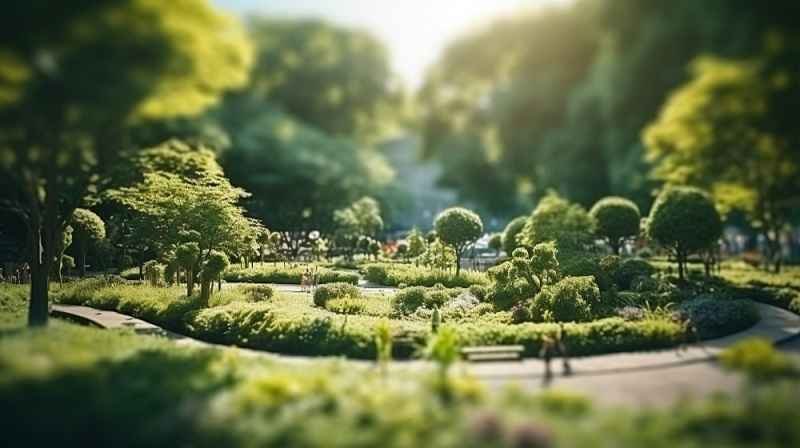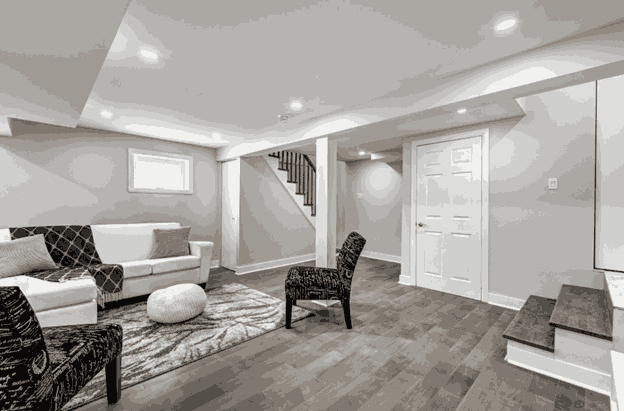In recent years, clover yards have emerged as a revolutionary approach to sustainable landscaping, marking a significant shift from traditional grass lawns. This resurgence isn’t just a passing trend—it’s backed by scientific research and environmental benefits that make it an increasingly popular choice for eco-conscious homeowners. According to recent studies, clover yards have become the most searched home improvement trend on Google, as reported by Cinch Home Services.
Understanding Clover Varieties
Three main types of clover are commonly used in residential yards:
- White Clover (Trifolium repens)
- Grows 2-8 inches tall
- Thrives in USDA zones 3-10
- Excellent for ground coverage
- Natural nitrogen-fixing abilities
- Microclover
- Smaller leaves and fewer flowers
- Perfect for uniform appearance
- Ideal for zones 4-8
- Pairs well with traditional grasses
- Red Clover
- Grows up to 24 inches tall
- Suitable for zones 4-8
- Superior soil improvement capabilities
- Excellent for poor soil conditions
Environmental Benefits
Clover yards offer numerous environmental advantages that make them an attractive alternative to traditional lawns:
- Natural Soil Enhancement
- Fixes atmospheric nitrogen naturally
- Reduces or eliminates the need for synthetic fertilizers
- Improves soil structure and health
- Water Conservation
- Deep root systems access moisture from lower soil layers
- Requires less frequent watering
- Particularly beneficial in drought-prone areas
- Biodiversity Support
- Attracts essential pollinators
- Provides habitat for beneficial insects
- Contributes to local ecosystem health
Installation and Maintenance
Installing a clover yard is relatively straightforward and cost-effective:
Installation Steps:
- Prepare the site by clearing vegetation and debris
- Test and amend soil to achieve pH 6.0-7.0
- Broadcast seeds mixed with sand or sawdust
- Water frequently until establishment
- Allow 2-3 weeks for full establishment
Maintenance Requirements:
- Mowing needed only every 3-4 weeks
- Minimal watering once established
- No fertilization required
- Natural weed suppression capabilities
Cost Comparison
Clover yards offer significant cost savings compared to traditional lawns:
- Initial Costs: Clover seed costs $4-8 per pound, less expensive than traditional grass seed or sod
- Maintenance Savings: Traditional lawns can cost around $1,956 annually per 1,000 square feet, while clover yards require minimal ongoing expenses
- Long-term Benefits: Reduced water bills, eliminated fertilizer costs, and decreased mowing requirements
Challenges and Solutions
While clover yards offer numerous benefits, they do present some challenges:
- Foot Traffic Management
- Create designated pathways
- Use stepping stones
- Mix with durable grass varieties
- Aesthetic Considerations
- Choose microclover for a more uniform look
- Regular mowing maintains tidiness
- Consider mixing with traditional grass
- Regulatory Compliance
- Check local regulations
- Verify HOA restrictions
- Consider partial implementation
Expert Insights
According to Tony Koski, a turfgrass scientist at Colorado State University, clover was historically mixed with grass in lawns before the widespread use of herbicides. This natural approach to lawn care is now seeing a revival as homeowners seek sustainable alternatives. Additionally, Professor Sharon Jae Hall from Arizona State University emphasizes that clover yards are part of a broader movement toward combating extreme weather events and promoting environmental sustainability.
Conclusion
Clover yards represent a forward-thinking approach to sustainable landscaping that combines environmental benefits with practical advantages. While they may require some adjustment in terms of maintenance and aesthetic expectations, the reduced environmental impact, lower maintenance costs, and support for local ecosystems make them an increasingly attractive option for modern homeowners.
By choosing a clover yard, you’re not just creating a beautiful outdoor space—you’re contributing to a more sustainable future while enjoying the benefits of a low-maintenance, eco-friendly lawn alternative.
Would you like me to expand on any particular aspect of this article?
For more visit our website, Homethreads







